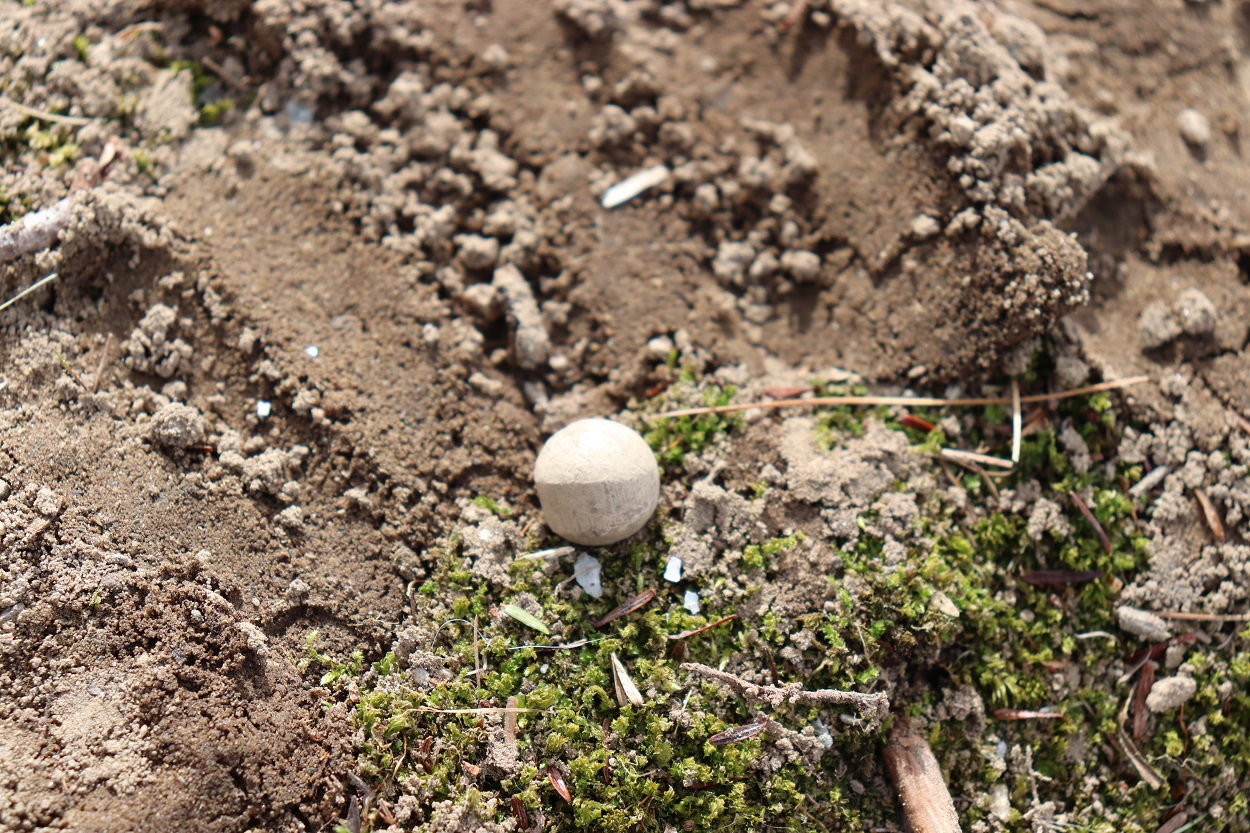Archaeologists have unearthed five musket balls fired during the opening battle of the Revolutionary War at Minute Man National Historical Park in Concord, United States.
The park commemorates the opening battle at North Bridge, where on April 19th, 1775, provincial minutemen and militia companies engaged British troops.
The battle was the first instance in which American forces advanced in formation and routed British regulars. It precipitated the British retreat back to Boston and is regarded as one of the most significant events in American history.
Known as the “Concord Fight”, the skirmish was part of the wider Battles of Lexington and Concord, which inspired Ralph Waldo Emerson to refer to the opening volleys as the “shot heard round the world.”
Excavations at the location of North Bridge by National Park Service archaeologists have unearthed five 18th century musket balls fired by the colonial militia.
The musket balls were discovered in the exact location described in contemporary accounts as the area where British soldiers gathered in formation to resist the river crossing.
John Buttrick of Concord issued his famous order: “Fire! Fellow soldiers. For god’s sake, fire!” The militia fired heavily into the British ranks and charged across the bridge.
“It’s incredible that we can stand here and hold what amounts to just a few seconds of history that changed the world almost 250 years ago,” said Minute Man Park Ranger and historic weapons specialist Jarrad Fuoss.
“These musket balls can be considered collectively as ‘The Shot Heard Round the World,’ and it is incredible that they have survived this long. It is also a poignant reminder that we are all stewards of this battlefield and are here to preserve and protect our shared history,” added Fuoss.
Header Image Credit : National Parks Service
Sources : NPS







